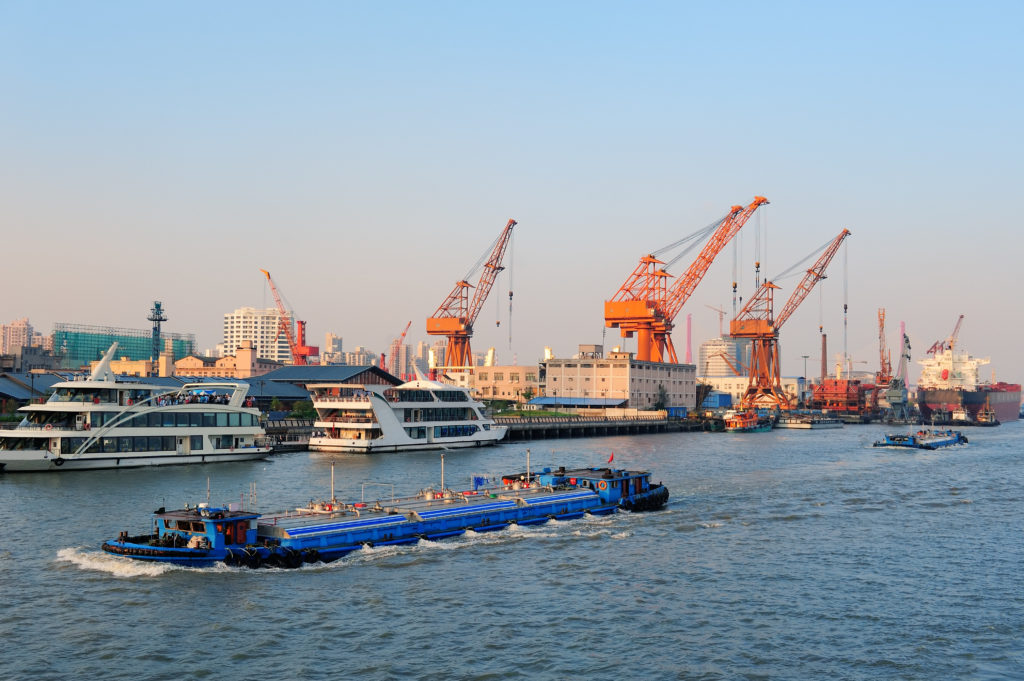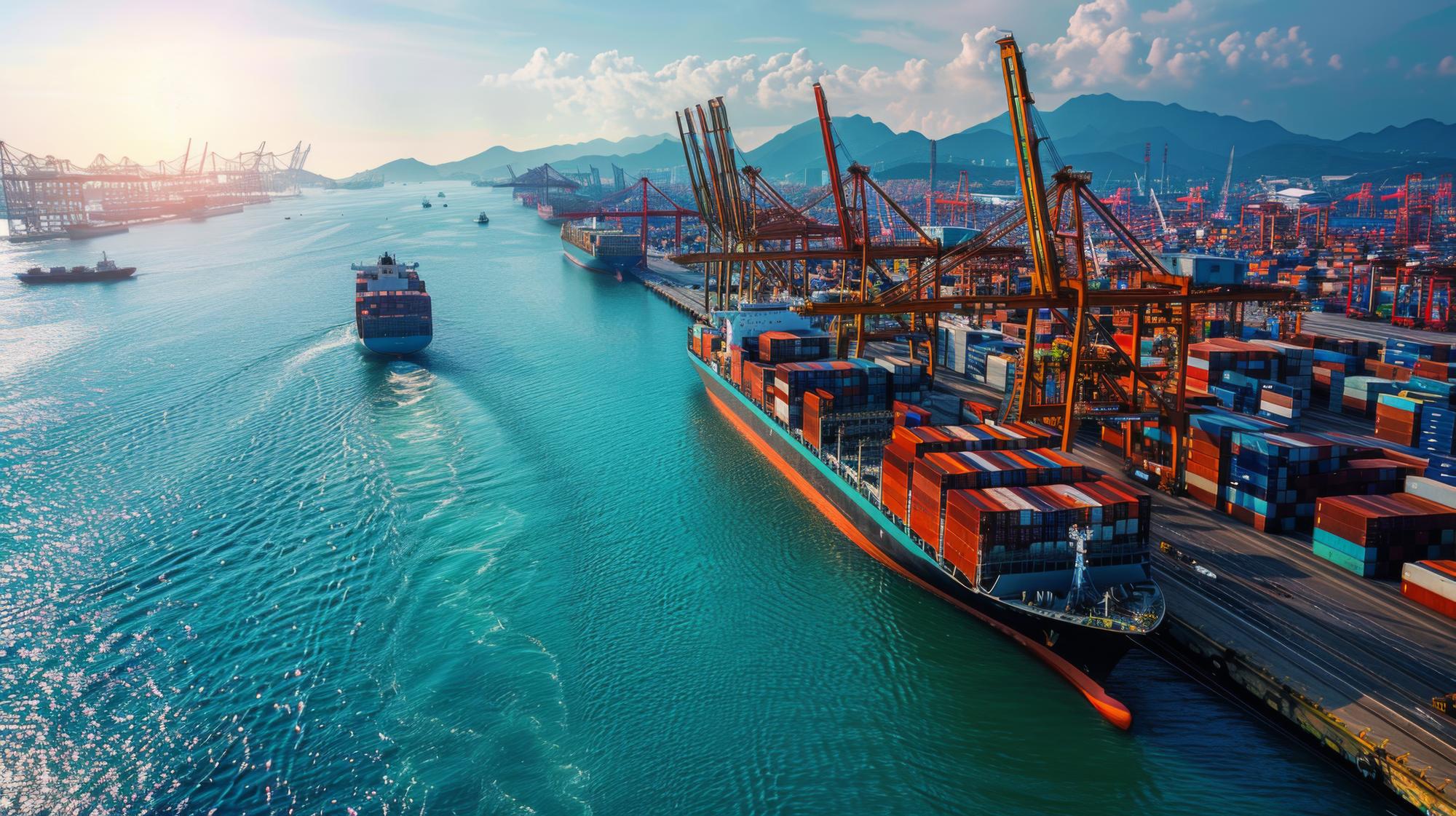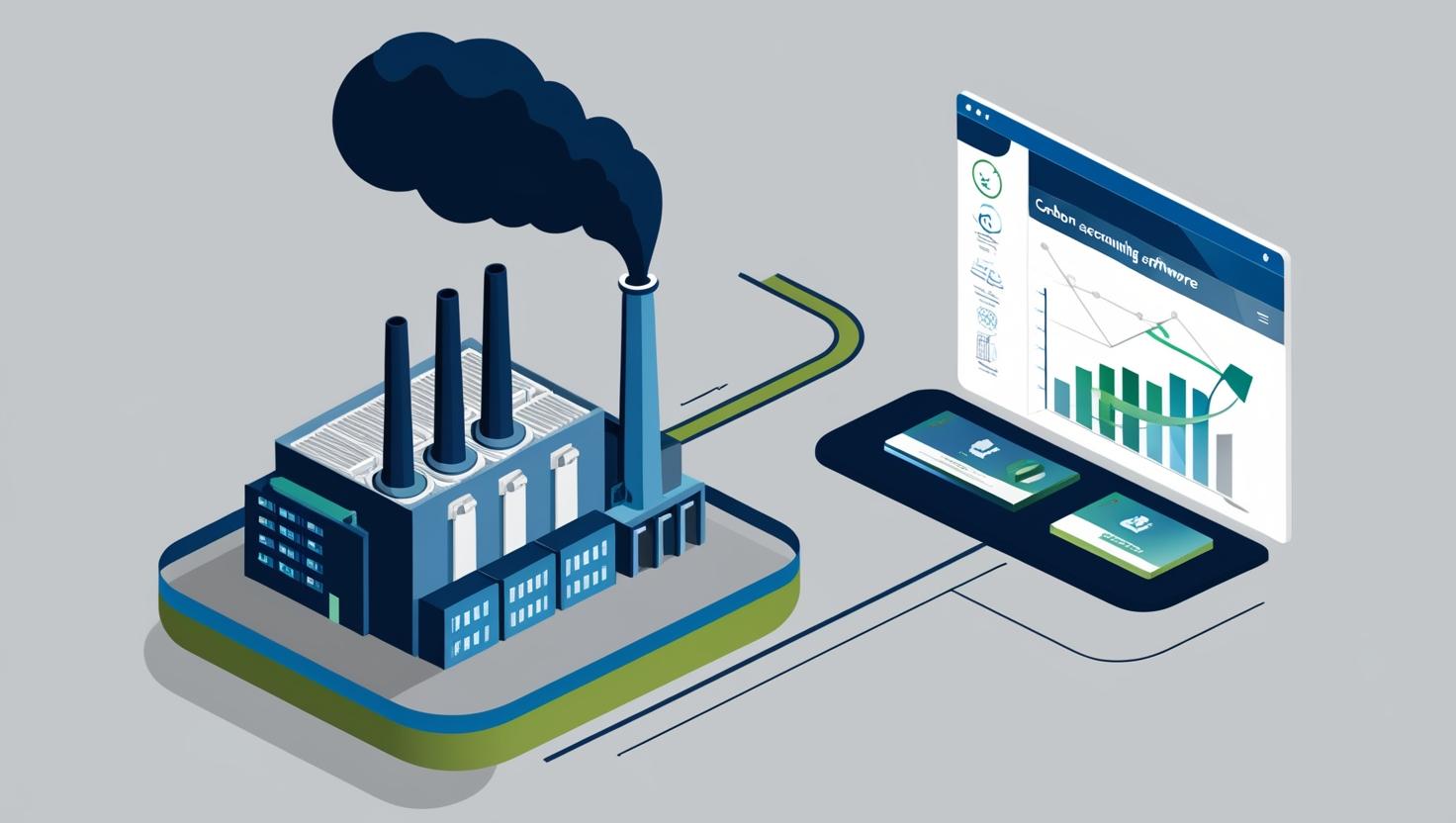The world’s first, most complex and hotly debated climate policy (carbon taxation), called the Carbon Border Adjustment Mechanism, has laid the foundation for global conversations for future regulations. The EU CBAM for exporters and importers related to the EU was introduced to prevent carbon leakage and create a level-playing field for all companies in the European Union market. For instance, a company from the EU could relocate carbon-intensive production to other regions with not-so-strict climate policies.
In this blog, we will assess one year of CBAM implementation, critical challenges and significant lessons learned.

CBAM emission data collection system and infrastructure
CBAM was implemented to prevent carbon leakage, ensure pay parity and promote cleaner production for all carbon-intensive products entering the EU. Data collection and the accuracy of CBAM emission data play a decisive role in the success of CBAM reporting for exporters. However, establishing a proper digital data collection infrastructure still remains the primary challenge. Most exporters across the globe lack efficient and effective data collection systems cutting across production routes, production processes and installations. This is because developing an infrastructure to gather embedded emissions data involves the adoption and integration of major changes in the existing system. Setting up robust systems for data collection, verification, and reporting is essential to comply with CBAM regulations.
Early CBAM reporting for error detection
Early reporting for error detection and elimination after internal assessments. Companies still need to focus on cost analysis and risk assessment of products under CBAM reporting. More emphasis should be placed on the accuracy of CBAM carbon emissions data during the definitive regime. Early CBAM reporting helps improve the quality of data in two ways:
Internal assessment after early detection gaps
Early data collection is key to seamless CBAM emissions tracking and reporting, enabling timely error elimination and effective gap analysis. It means that you get more time to rectify your mistakes and streamline processes for monitoring, reporting, and verification to enhance efficiency, improve data accuracy, and reduce future administrative burdens. For instance, as a supplier, if you are proactively engaging in accurate CBAM reporting during the current Transitional Phase 1, you position yourself ahead of competitors who are delaying compliance or taking a minimal approach.
Fine-tune business processes
You can fine-tune your business operation if you reduce your emissions early, depending on identifying different hotspots and benchmarking emissions targets. For instance, a company that identifies hotspots and reduces emissions can prevent the overuse of energy and adopt sustainable methods of energy consumption to save costs and avoid financial penalties under CBAM and similar compliances.
Precursors’ data collection
Under the CBAM reporting, importers also ask for precursor data from suppliers stationed across the globe. Our internal assessments reveal most companies lacked precursor emissions data as their vendors did not provide them with the required information. Most of the vendors assume they don’t have to gather their emissions data and submit it to their suppliers as they don’t fall under the direct CBAM reporting category. Consequently, the total CBAM carbon emissions of the supplier shoot up due to default values used for vendors’ data. This could emerge as a big setback for data accuracy and impact CBAM carbon tax in EU during the definitive regime if not resolved.
Precursor data collection continues to remain one of the critical challenges. Some major roadblocks faced include:
- Lack of digital data collection systems at the organisational level
- No prior experience in precursor data gathering
- Reliance on manual data collection by vendors
- Lack of constant collaboration between vendors and suppliers
- Vendors see precursor data collection as a burden on them
Supply chain network transparency challenges
Under the CBAM, if emissions are overestimated by suppliers, it could mean an increased CBAM certificate price for the importer. There is a high chance of this happening if there is now sufficient transparency in the supply chain network. One year of CBAM Transitional Phase 1 revealed that an effective and thriving ecosystem for data and communication is missing among suppliers and their vendors. Lack of transparency in emissions data collection and inconsistent conversations between the parties regarding the information were also primary reasons for late CBAM report submissions. For instance, no transparency in data collection could generate confusion for both vendors and suppliers. Not having transparency creates last-minute chaos.
Cross-departmental and administrative impact of CBAM
CBAM is not limited to just EU importers, exporters and vendors. Our internal experience of one year of CBAM reporting suggests that cross-departmental and administrative impacts have witnessed an increase. Cross-departmental impacts were seen in sectors including customs, finance, trade, supply chain management, shipment, vendors, third-party suppliers, etc.
As per a report by CER, countries have complained of administrative complexity since suppliers must establish and conduct carbon accounting for products under CBAM. For instance, an unhappy exporter of the EU could complain of too many climate polices after the latest addition of CBAM to the list. This increases administrative burden as new methods and calculation techniques are employed to gather different types of emissions data.

Manual burden increases on exporters and importers
CBAM, which has a cross-departmental impact, caused a tangible increase in the manual burden on exporters and importers. Both these primary stakeholders are new to CBAM and lack experience in required data collection and submission. For instance, they struggled with more physical work and labour-intensive activities due to their extra reliance on Excel Sheets for data gathering, compiling and sharing them. Suppliers found the EU’s Excel tool to be difficult and tedious. This caused unwanted errors in the report and delays in CBAM quarterly report submissions.
Moreover, most companies also struggled to segregate the types of emissions data and how to fill them in the correct format due to increasing dependence on the Excel file. This deteriorated the CBAM reporting experience for the SMEs that already had not experience in carbon reporting.
Many organisations that used digital tools or CBAM reporting software for exporters for automated CBAM emissions tracking and reporting were at an advantage. They faced minimal errors in CBAM emission data collection and reporting. Companies using the digital tool to conduct CBAM reporting were able to generate timely CBAM reports, maintain data accuracy, and collaborate with all stakeholders.
Heavy reliance on default values
The European Union has given default values to be used for CBAM reporting by exporters and importers. During the transitional phase 1, most companies used default values, which are not actual emission data of their products’ manufacturing. Heavy reliance on the usage of default values means more significant complexities and challenges for suppliers and importers while making a sudden transition to the use of actual emissions. For instance, a company habituated to using default values may not be preparing for a transition to collecting and using actual emissions data, which might eventually lead to a higher CBAM Carbon tax in the EU.
As per reports, in the first three quarters, close to 95% of the declarants reported their emissions based on the default values.
Technical learning
Many companies, particularly importers, faced numerous technical challenges while submitting the CBAM reports. Most of them reportedly said the report uploading portal should be made more user-friendly. For instance, importers complained of challenges in using the Trade Portal, including error messages, registration and log-in issues, and draft saving challenges. Moreover, the absence of a solution for the automatic upload of data to the trade portal, as well as company groups not being able to file consolidated reports, added to the challenges.
Hardest hit economies and countries due to CBAM
After one year of CBAM’s transitional phase 1, many countries reportedly need extra time and support to understand and eventually adapt to the CBAM ecosystem. For instance, companies in many countries, including India, Brazil, Ukraine and Vietnam, need “additional support from EU in upgrading their heavy industry towards a net zero future.” More the smaller economies, such as Mozambique, require EU assistance in decarbonising their industry.

CBAM knowledge deficit (CN code identification, production routes)
There is a massive knowledge gap about CBAM among different stakeholders. Most exporters and importers still have limited knowledge about how CBAM works. They even lack the resources and ability to identify their CN code for different products and match them against the products exported by the subject company. Different products have completely different production routes and production processes. Segregating them and their data collection methods was a frequent and common challenge for most exporters.
Conclusion
The past one year of CBAM reporting has highlighted multiple challenges and has also brought the spotlight on many CBAM learnings. Companies faced issues related to accurate data collection, timely report generation and engaging with suppliers. These challenges might persist for some more time only as the world is getting more climate-conscious. Moreover, an increasing number of countries could come up with more CBAM-like structures and domestic measures related to carbon emissions accounting to counter CBAM.




